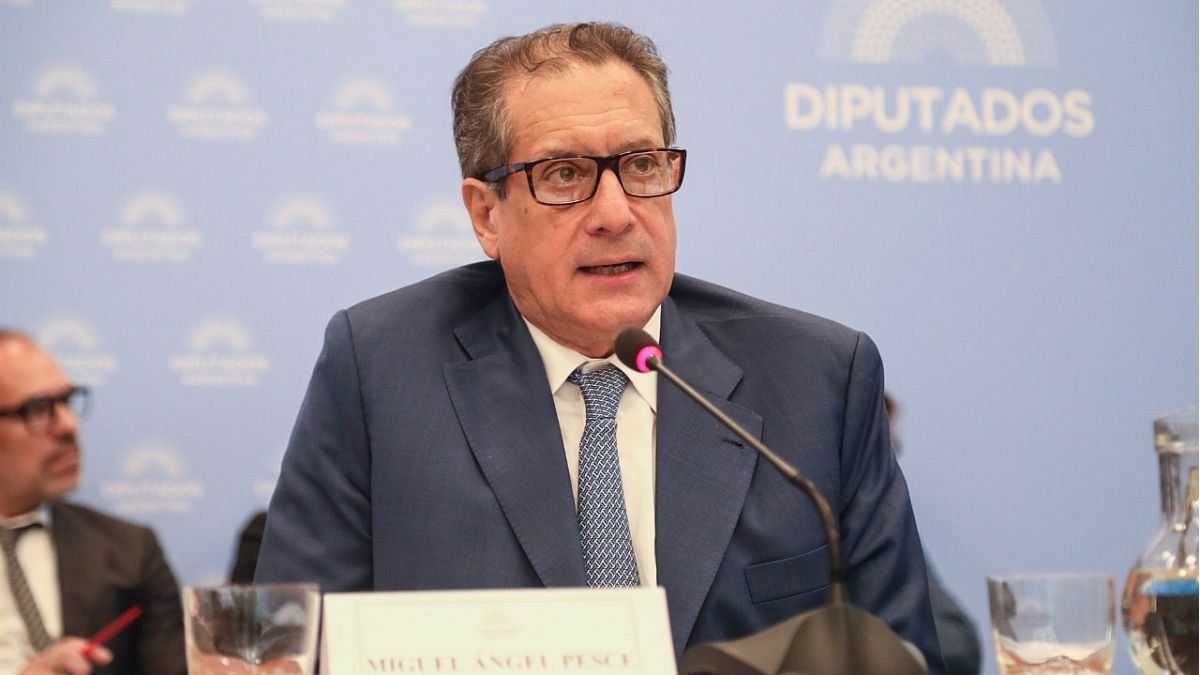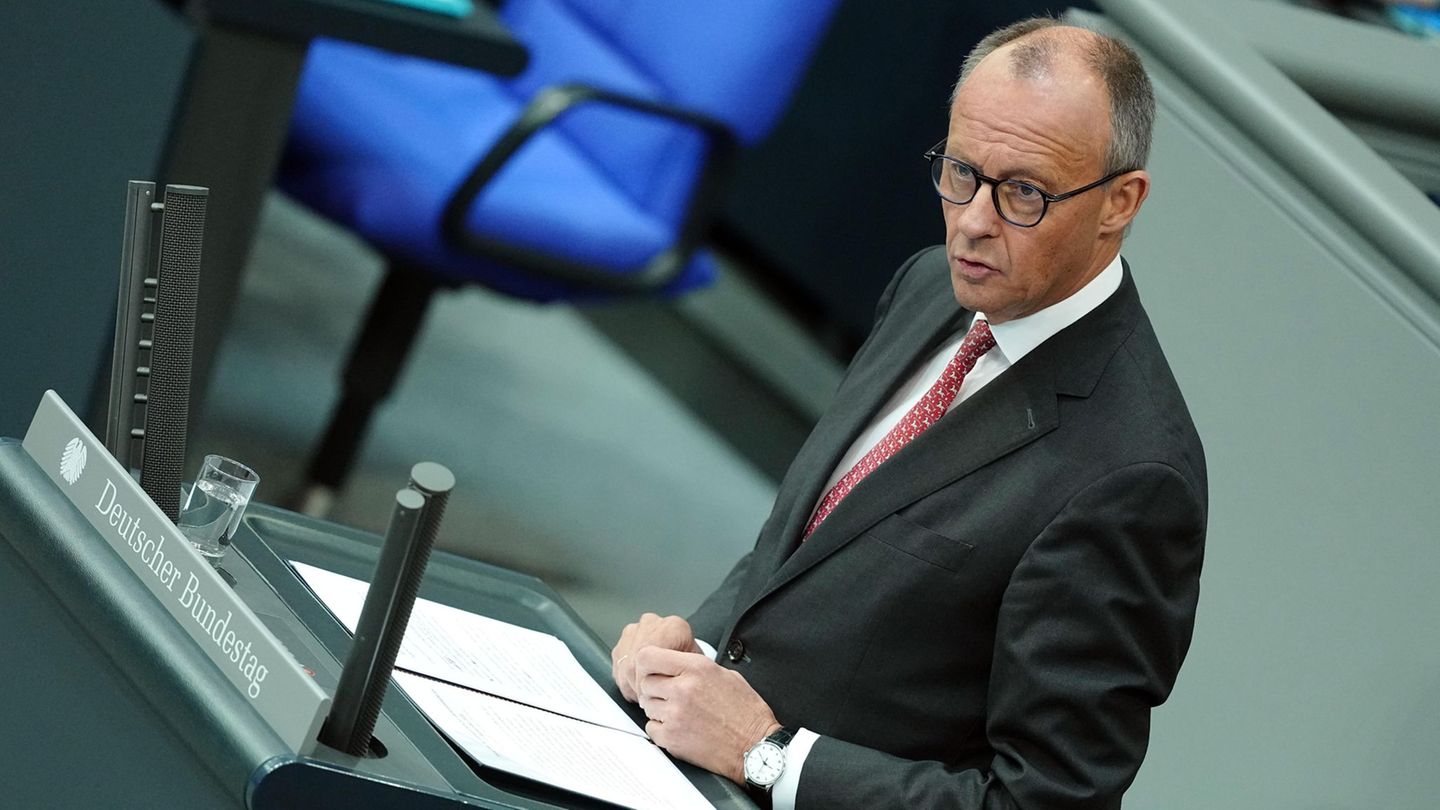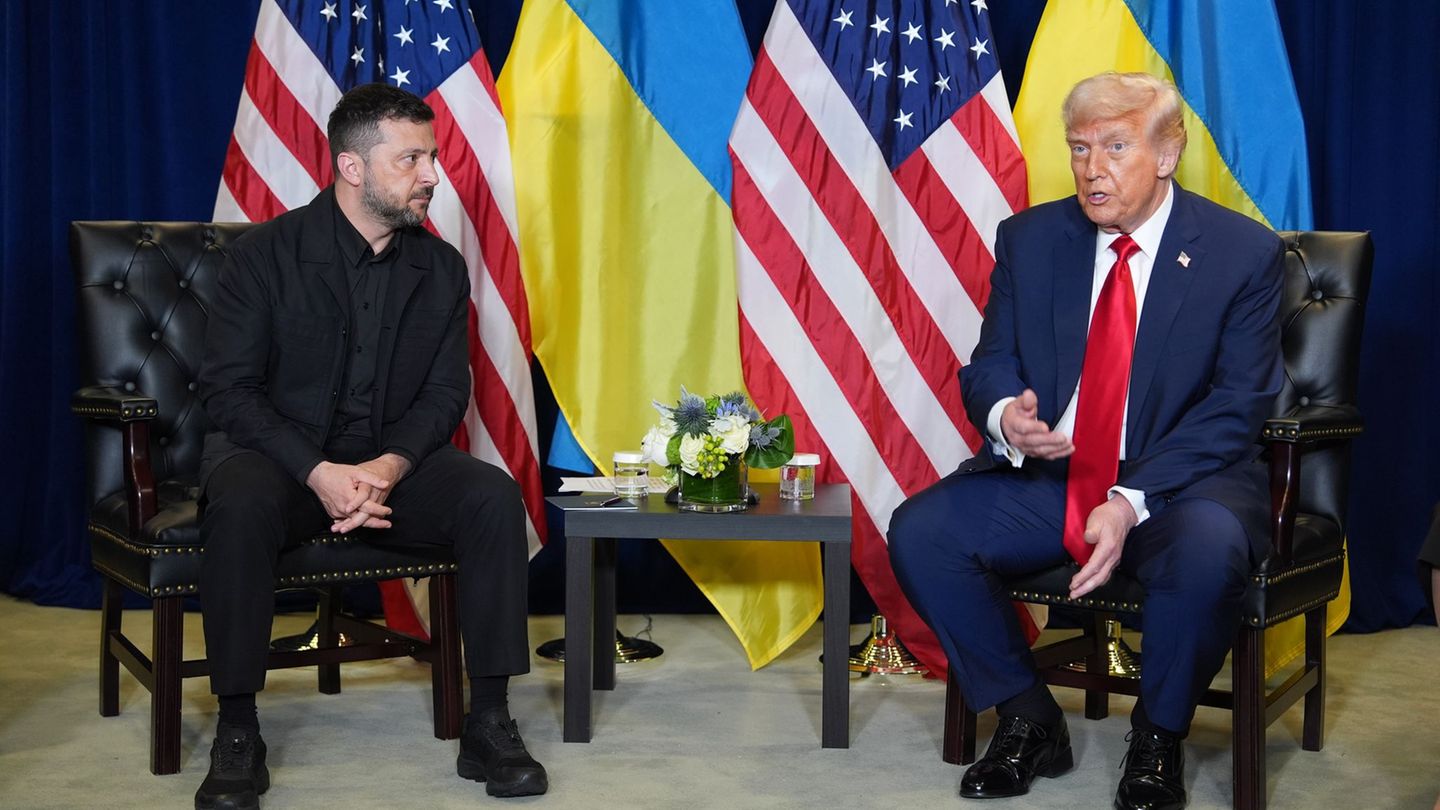After 9.30 this Thursday, The head of the Central Bank, Miguel Ángel Pesce entered the Quinta de Olivos to meet with President Alberto Fernándezas far as he could find out Ambit. The meeting raises expectations at a time when a rebound in alternative dollars is being observed and on a day when the board of directors of the BCRA must decide whether to adjust the level of the interest rate after the acceleration inflation and the rise of financial dollars.
Between the Minister of Economy, Sergio Massaand fish differences are being raised, according to comments in the market. Given the inflation data for March -7.7%- that surprised the Government, the reproaches began. It is said that the link between the two officials was never established.
In the immediate, the head of the Palacio de Hacienda insists that the interest rate be kept at positive levels In order to retain deposits in pesos in the system and comply with a fundamental criterion in the agreement with the International Monetary Fund.
The issue is not minor at times when The Ministry of Economy is renegotiating the goals of the agreement with the IMF and seeking financial aid of more than USD 10,000 million.
It should be remembered that the monetary policy rate stands at 6.5% per month, below both the inflation registered in March, which was 7.7%, and the projections that private consultancies anticipate for the current month, of the order of 7%.
However, Pesce would be in favor of not rushing to raise rates considering both the recessive effect of this measure and its monetary impactaccording to comments from your environment, without solving the main problem that is the lack of foreign currency derived from the loss of exports caused by the drought – about USD 20,000 million.
In the market, meanwhile, the decision of the monetary authority is awaited at a time when the operators warn that, if the rate were not modified, the decision would impact the prices of the alternative dollars.
For their part, in the environment of the Ministry of Economy they imply that the low settlement of foreign exchange for the “agricultural dollar” would be the consequence of an inadequate implementation by the monetary leadership.
Yesterday there was no inflow of foreign currency through this channel, forcing the BCRA to sell USD 197 million, in a day in which financial dollars rose between 2 and 3%.
“The Leliqs multiplied x10 in the current government administration to $12 billion currently, equivalent to USD60,000 million at the official rate or USD30,000 million at the financial exchange rate” points out a study by Ramiro Castiñeira.
The estimations of this economist show that the quasi-fiscal deficit of the BCRA, which arises from the payment of interest generated by its own debt, will reach 6% of GDP this yearstanding above the Treasury imbalance.
He calculates that the BCRA currently remunerates his debt with an interest rate of 113% TEA, which generates a monetary issue of $800 billion per month, equivalent to more than $12 trillion per year, constituting the main factor of monetary issue.
Source: Ambito




